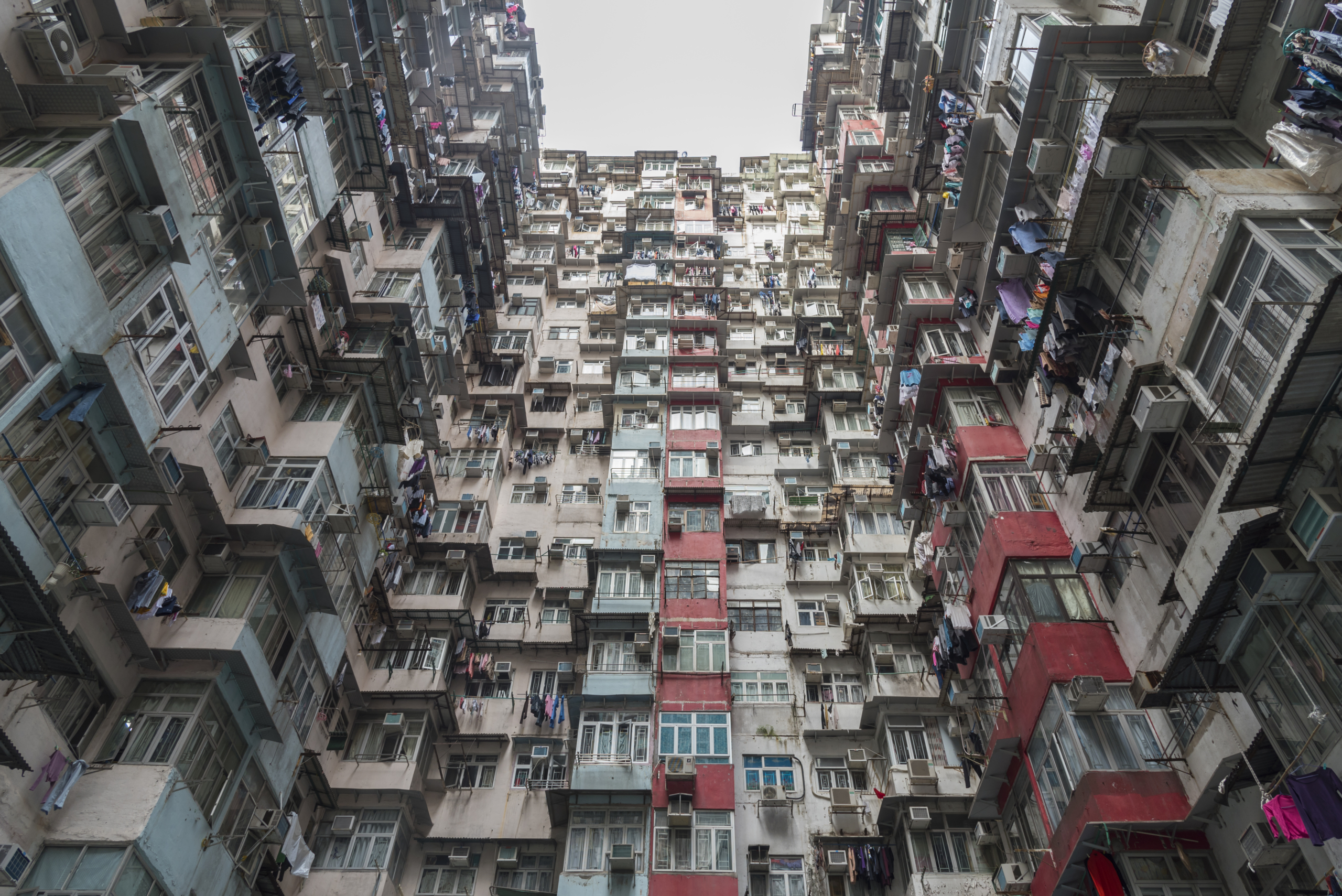The existing literature is rich in studies performed in various USA cities showing that low income and vulnerable population lives in deprived areas suffering from significant overheating, low greenery levels, high pollution and inadequate infrastructure. Similar conditions are also observed in several European cities like London. However, in most of the Asian cities, the conditions are quite different. Although there is an important social stratification, the magnitude of the problem is less severe.
This is because, the market forces and the social and economic inequalities observed in American cities and which have determined the local social, economic and environmental diversification, present different characteristics in the Asian cities and had much less significance through the history, contributing towards a higher social cohesion and decreased local discriminations.
In London, immigrants, minorities and vulnerable and low-income population were pushed to live in urban zones of lower economic value and financial cost. Low-income population has not the economic means to live in the expensive parts of the city and should settle in economically affordable neighbourhoods. In these low-cost urban zones, green infrastructure, heat sinks and efficient environmental systems are quite missing, while most of these neighbourhoods may suffer from very serious anthropogenic heat generated from the local industry or the traffic rising the magnitude of the local overheating and the pollution levels. This is not the case of the wealthier urban zones were the local green infrastructure; the landscape characteristics and the release of the anthropogenic heat is considerably reduced contributing towards a more sustainable local microclimate and environment.
The environmental and overheating stratification and the heterogeneities observed in London and also in most of the US cities, reflect in a direct way the economic and social stratification in the local societies.
The size of the low income group in the society including minorities, immigrants, unemployed people, non-skilled population and non-integrated households, is quite higher in London than in the specific Asian cities.
Poverty is generating heterogenous social dynamics exerting serious pressures on land use policies, investments on environmental infrastructure and in conclusion on the social protection coverage in the city.
Green and blue infrastructure helps to decrease the local temperature, reduce the levels of atmospheric pollution and offer important social, economic and environmental advantages to the local population. I don’t believe that London must learn something from the Asian cities. The problem and its characteristics are well known but the economic priorities and the forces driving and determining the local policies in these cities incorporates at the end the serious inequalities as an integral and finally acceptable part of the city characteristics.

Social tensions exerted at the city level and pressing needs for habitat, employment and surviving have partially determined the characteristics of the specific use of land by the various economic layers in the society. In cities with strong immigration, significant non-integrated minorities, rapid urbanisation, lack of social protection, weak employment structures, inadequate infrastructure, limited economic resources and forced economic transition, the social and economic pressures were enough strong to lead in the development of new residential areas located in unclaimed and low cost suburban areas without the necessary planning and with the sole objective to settle at any cost the tide of vulnerable and low income population arriving or already existing in the city.
I believe that the characteristics of the existing situation in the cities are well understood and explained by the scientific community and especially by the local experts. What is interesting is the comparison between cities that magnifies the differences and permits to focus on the relative efficiency of the followed urban policies in the various parts of the world.
Decision makers have to understand that poor environmental quality in the deprived and low income urban zones has a very significant cost for the city and the country.
It increases the energy consumption, and the cost of the required health services to support the local population, decreases the cognitive performance of the local kids, reduces the working time and efficiency and creates serious social problems. Policies aiming to improve the environmental, health and social conditions in these parts of the cities are finally investments providing serious economic, social and environmental benefits not only for the local population but for the whole city.
The social, economic and environmental characteristics in most of the American and European cities are completely different than that of the Asian cities. Understanding of the social and environmental procedures helps for sure to improve our experience and knowledge but solutions are always city specific.
The combined impact of overpopulation and climate change can have disastrous effects in cities and especially in South East Asia. There is a risk, if not a certainty, that more than 1.5 billion people will live under extreme heat conditions that human never experienced in the past. Although the problem requires global solutions much above the city level, urban administrations can modulate and mitigate and why not counterbalance the negative impacts through the implementation of policies based on the principles of social equity, sustainability, resilience and fair economic development.
Prof. Mat Santamouris
Distinguished Professor, High Performance Architecture, Arts Design and Architecture, UNSW Sydney